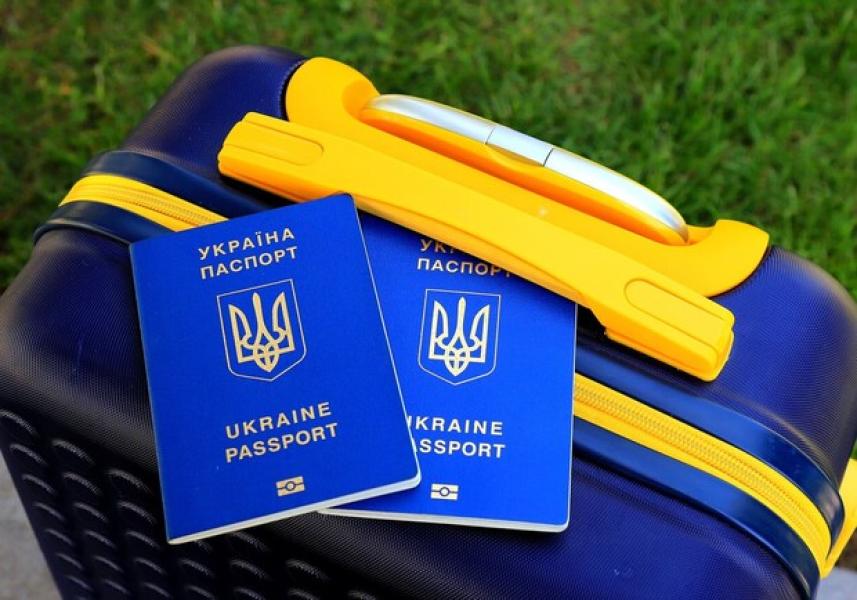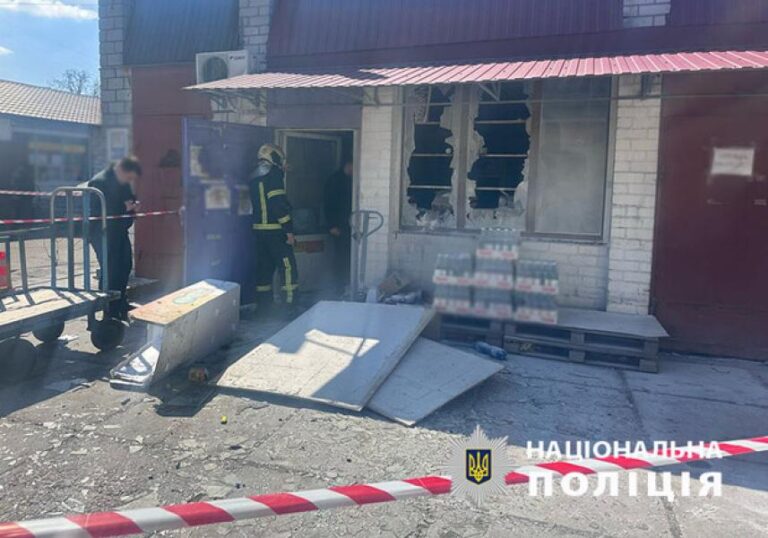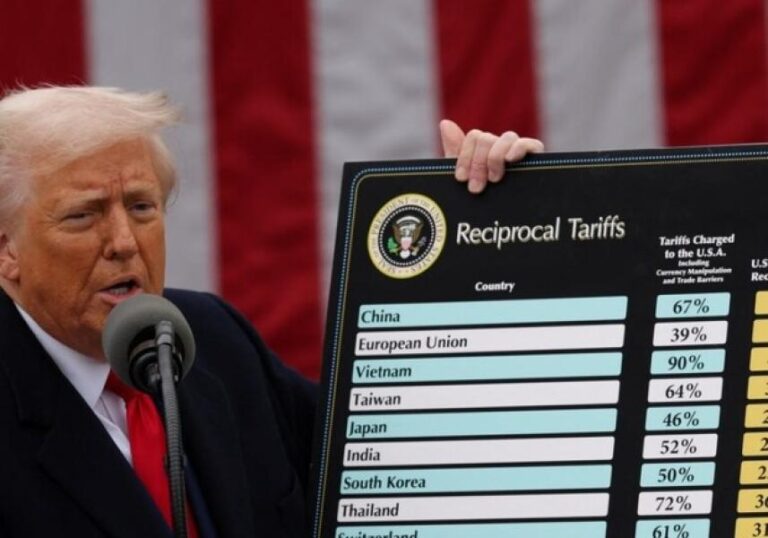New rules for crossing the border with the EU: what will change for Ukrainians

The European Union member states have finally decided on the date when the Entry-Exit System (EES) – a new system that will record the crossing of the EU’s external borders by foreigners – will come into operation. Its consequences – both positive and negative – will be felt by all Ukrainians traveling to the EU.
The new rules are due to come into effect from October 2025, and in the initial period (approximately the first half of the year) you should be prepared for unpleasant surprises – queues and delays – and plan your trip accordingly, writes European Truth.
The latest operational news from Kharkiv in our Telegram channel. Subscribe to stay up to date with the most important information
The introduction of the EES will pave the way for the next steps, including the launch of a system that involves a small financial fee for traveling foreigners, including Ukrainians. However, this change is still more than 1.5 years away.
What is this system and why does the EU need it?
The Entry-Exit System is an old idea or even a dream of European border guards. Its development began long before the full-scale war (the legislative framework was approved back in 2017!), so it is not at all connected with the growth after 2022 of the flow of our fellow citizens crossing the EU border. And in general, this decision is not about Ukrainians.
His task is to correct a systemic flaw in control of the European Union's borders.
Despite the fact that all EU members (except for the island states of Ireland and Cyprus) are united in a single Schengen area, they still do not have a tool to track all the entries and exits of foreigners. For example, if a Ukrainian citizen enters the EU through the Polish border and returns to Ukraine through the Hungarian border, the electronic database of the Polish border service will indicate that this person entered the country and “got lost.”
Of course, this is a simplified picture, but the problem for border guards is quite real.
Those who traveled to the EU before 2022, especially through Poland, have probably encountered the border guard flipping through passports looking for border crossing stamps to check whether a person has exceeded the 90-day period of stay in the EU in the last 180 days. This is exactly what this story is about.
This problem, by the way, allowed foreigners who had the right to visa-free entry to circumvent the rules and illegally live in one of the European countries – it was enough to have two passports and use different entry routes, and if necessary, “lose” the passport and order a new one.
The new system will finally create a single Schengen border crossing base instead of 29 national ones.
The passport and biometric data of the person traveling (photo and/or fingerprints) will be recorded there. And if a person appears at the border with a new passport, the system should identify that it is the same foreigner, only the document is different, the relevant directorate of the European Commission explained to “EuroPravda”.
And since the database will be unified for the entire perimeter of the borders, “schemes” with bypassing restrictions, replacing documents, etc. should stop working.
It should be emphasized: all this has temporarily lost its relevance for Ukrainians traveling to the EU, because now there is an exception for citizens of our state. You can get “temporary protection” in any EU country, with which the 90-day limit does not apply: with a Ukrainian passport and this permit, you can legally live and work in the European Union at least until the end of the war.
However, there is another, more noticeable consequence that will affect not only rule breakers.
Transitional period queues
Therefore, the EU database should contain information about every Ukrainian crossing the border, including biometrics.
Moreover, a Polish or German border guard cannot “download” fingerprints or a photo from your passport: Ukraine has its own access keys to the passport chip. In short, a person crossing the border for the first time after the introduction of the EES or with a new document must have their fingerprints taken and/or a photo taken of the traveler at the border to verify this data.
During subsequent crossings, this will no longer happen – the border guard will see that your passport is already in the database and will let you through without additional procedures.
However, this creates a challenge in the first weeks of the system's operation.
Imagine what would happen if every person crossing the border was sent to have their photo taken and fingerprinted.
EU forecasts say that this procedure takes “up to 40 seconds per person,” but the author's experience of crossing the Polish border, where this data is currently being collected in a test mode, shows that delays are significantly longer.
Somewhere they will be avoided, somewhere the impact will be noticeable. The land borders with Ukraine, and above all the Polish border, due to its congestion, are unfortunately at risk.
Hence the main conclusion: during the transition period, it is worth being prepared for longer and slower queues at the border.
It must be recognized that the EU is doing everything to avoid a collapse at the border.
That is why the system is not being put into full operation right now. Technically, it has been ready for operation since last year, and the necessary equipment has been delivered to border checkpoints, but several EU countries have asked for additional time because they fear uncontrolled queues.
The launch is tentatively planned for early October, as recommended by the European Commission, with the approval of the Council of the EU. The date still needs to be finally approved by the European Parliament.
While the final agreements are being made, border guards, including Polish ones, are already collecting data from some travelers into the system – so that the queues do not grow and the database slowly fills up. There is hope that this will significantly mitigate the “shock” in the first days of the system's implementation, when such data collection will become mandatory.
Another feature that should radically relieve the border with Ukraine is that, according to the EU decision, entry into the new system is not required for those Ukrainians who have received a document on temporary protection status. Moreover, Polish or Romanian border guards should take into account a certificate issued in any EU country, except Ireland and Cyprus – it is not necessary to have a Polish or Romanian certificate, respectively, the European Commission assured “EvroPravda”.
After all, for these Ukrainians – at least while the EU maintains the temporary protection program – there is no limit of 90 days of stay in the EU. And therefore, there is no need to control them.
“Since they will have the right to stay on the territory of the member states longer, they will not be subject to registration in the EES. But they will have to prove that they are beneficiaries of the temporary protection program. If a person cannot provide a document confirming this fact, registration in the EES will be required,” a spokesperson for the European Commission said in a comment to EuroPravda.
How long the transition period will last is impossible to predict with certainty, as is what proportion of Ukrainians will first have to be sent to a “long procedure”. This will only become clear in the fall. The head of the Polish Interior Ministry, Tomasz Siemoniak, who this week chaired a meeting of ministers to approve the new rules, in a comment to the EP refrained from making a forecast even on how many Ukrainians will be included in the database before the system is launched, only assuring that he does not expect serious problems.
There will also be advantages
It is worth adding that the new system will also have positive effects for travelers, especially for those who frequently cross the border.
Those who have to travel frequently from Ukraine to the EU know that due to stamps from border guards, the free pages in the passport can run out significantly faster than the document's validity period. Now this problem is a thing of the past.
Since border crossings are now recorded in a database, passport stamps are no longer relevant. So, from October 2025 – or the date the new rules come into effect – border stamps will be abolished.
To some extent, this will also speed up the processing of those passports that are already in the database.
Those who travel abroad may have noticed that the passports of EU citizens or those with a residence permit are processed faster by the border guard – there is no need to check the existing stamps, or whether the passport has any special marks from the border guards of another state. After all, there is no need to put your own stamp. For the first six months after the launch of the EES, European border guards will still have the obligation to control this, duplicating what is in the database, but then the whole process should be automatic.
Moreover, the European Union envisages that Ukrainians and other “visa-free” foreigners whose documents are in the EES will also be able to use automatic checkpoints.
Currently, these are only available at some European airports and are intended only for EU citizens; there are usually no queues there, unlike the “booths” with border guards. After the full launch of the system, Ukrainians should be able to use this route, and the European Commission “EP” assured that the number of such points will increase.
How exactly this will work and whether it will require the use of any additional service remains to be seen, but the EC is preparing both a mobile app and a website where you can check the status of your document. In particular, it will be possible to see how many days of the 90-day period a person has used; currently there is no such possibility in principle (except for counting the dates on the border guard stamps yourself).
And finally, another change that is even more far-sighted and at one time caused a lot of concerns (not always justified) is the introduction of the so-called ETIAS travel authorization system, which will oblige Ukrainians traveling to the EU to register with a special service once every three years and, in most cases, pay a fee for it.
This system was planned back in the “pre-Covid era”, and its launch was postponed many times – first because of the pandemic, then because its implementation turned out to be a more difficult task than expected… One of the technical obstacles was that the ETIAS system required a system for recording the entry of foreigners, that is, the EES, operating in all countries of the European Union. Now this obstacle will finally be removed.
However, these are all plans for the future.
According to the European Commission's plan to change the border control infrastructure, if the EES is launched in October 2025, the turn for ETIAS will come only at the end of 2026. And the payment of the fee (7 euros for three years) may become mandatory six months later.
Sourse: Source



